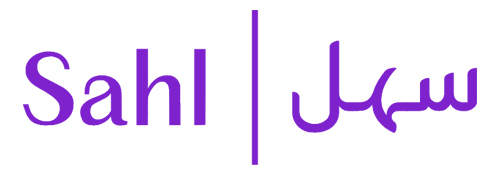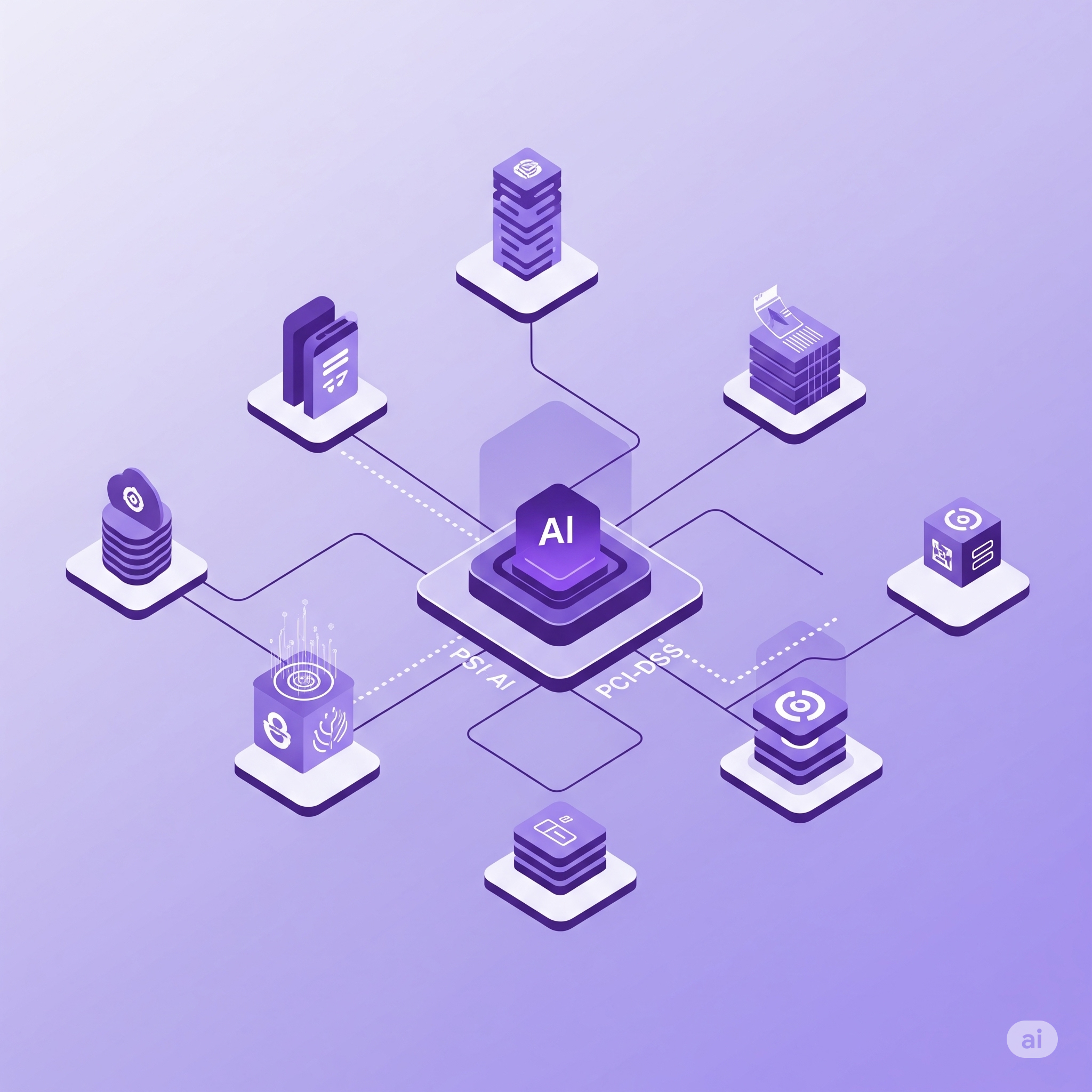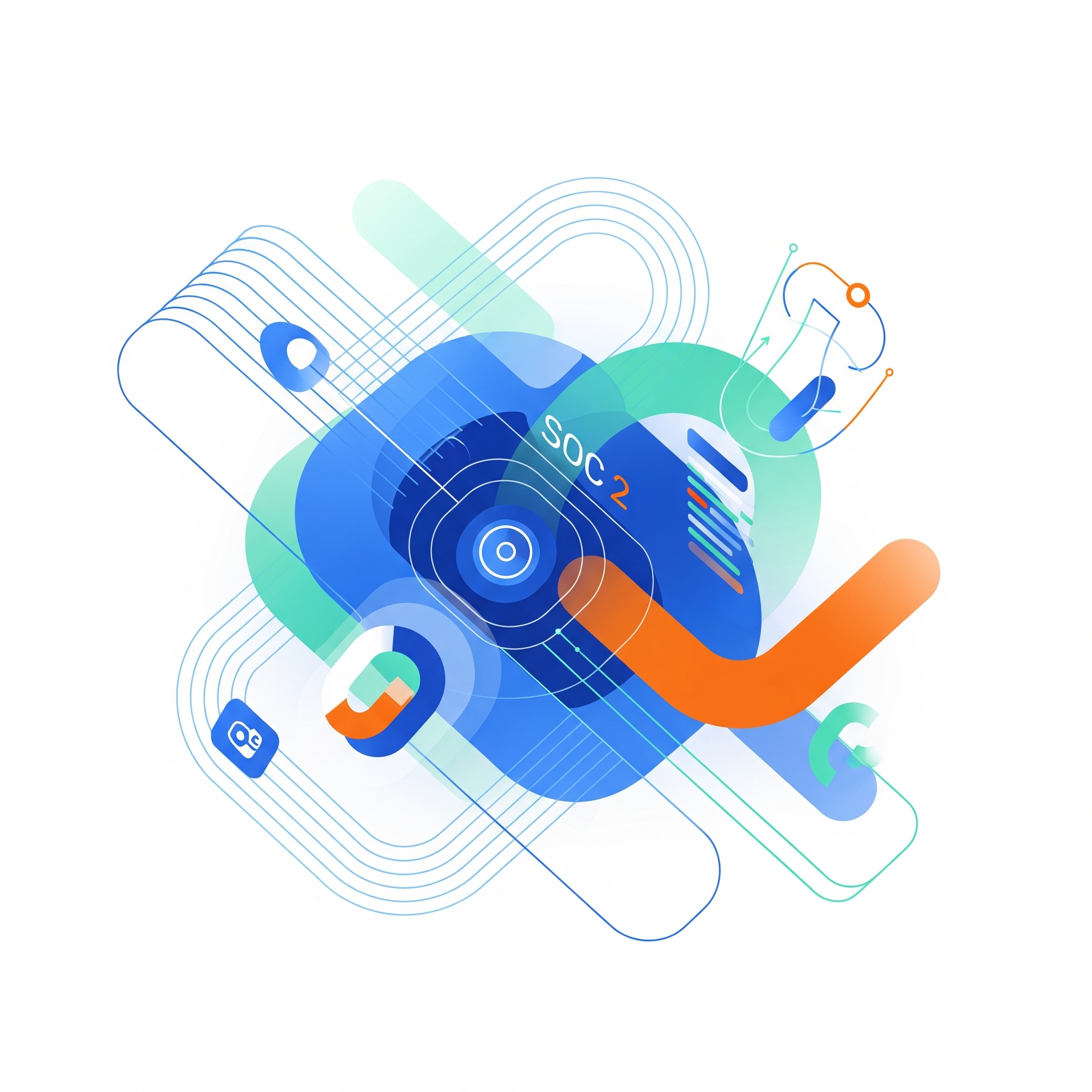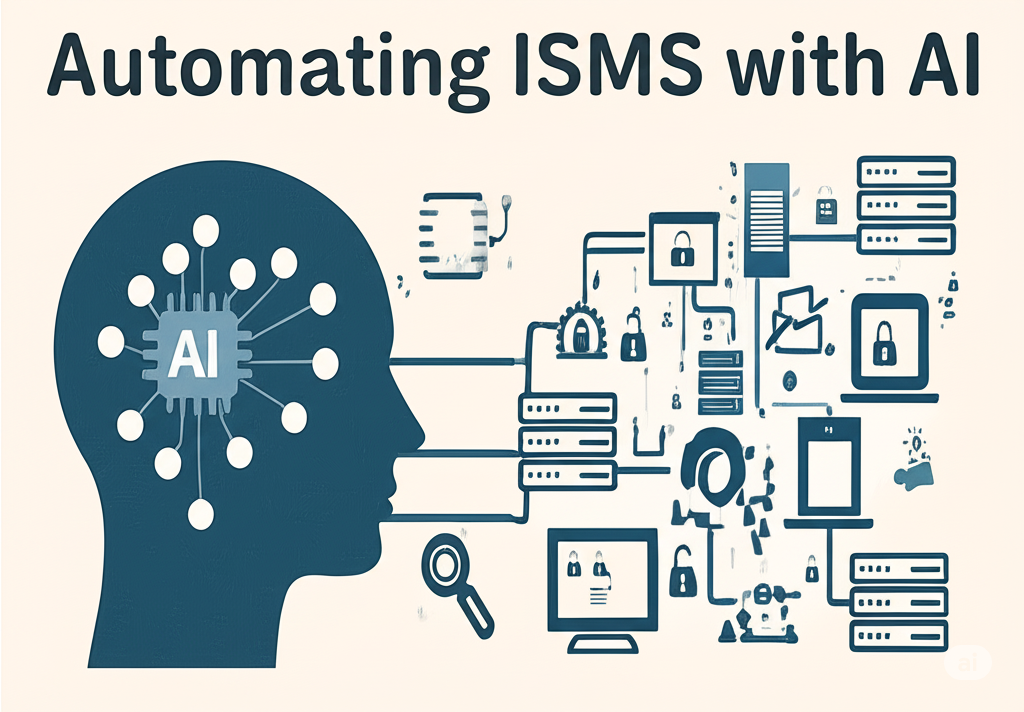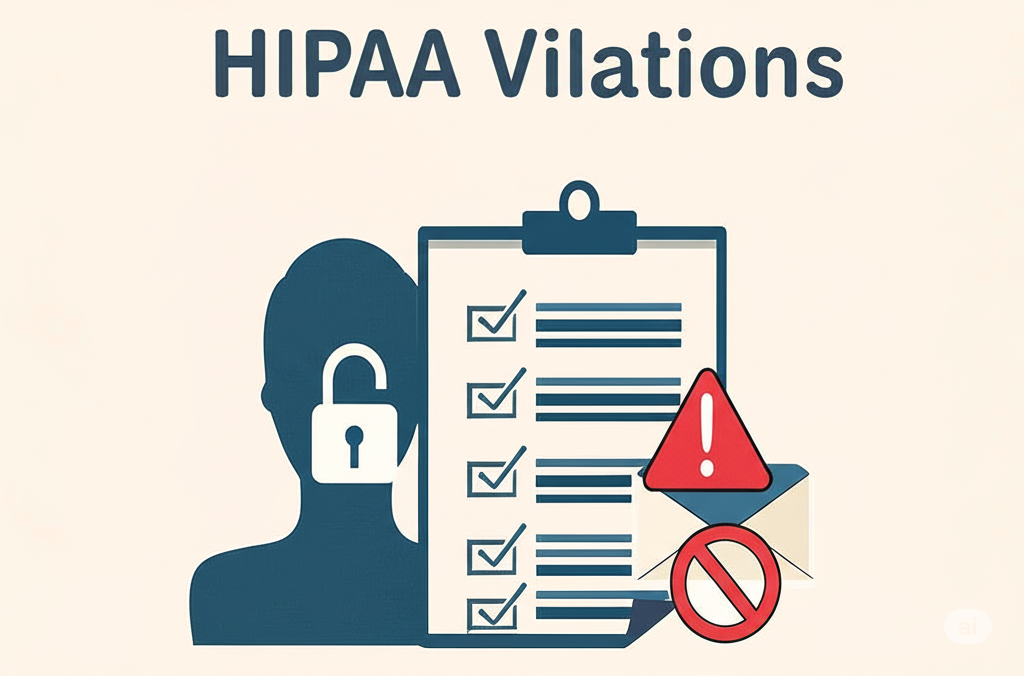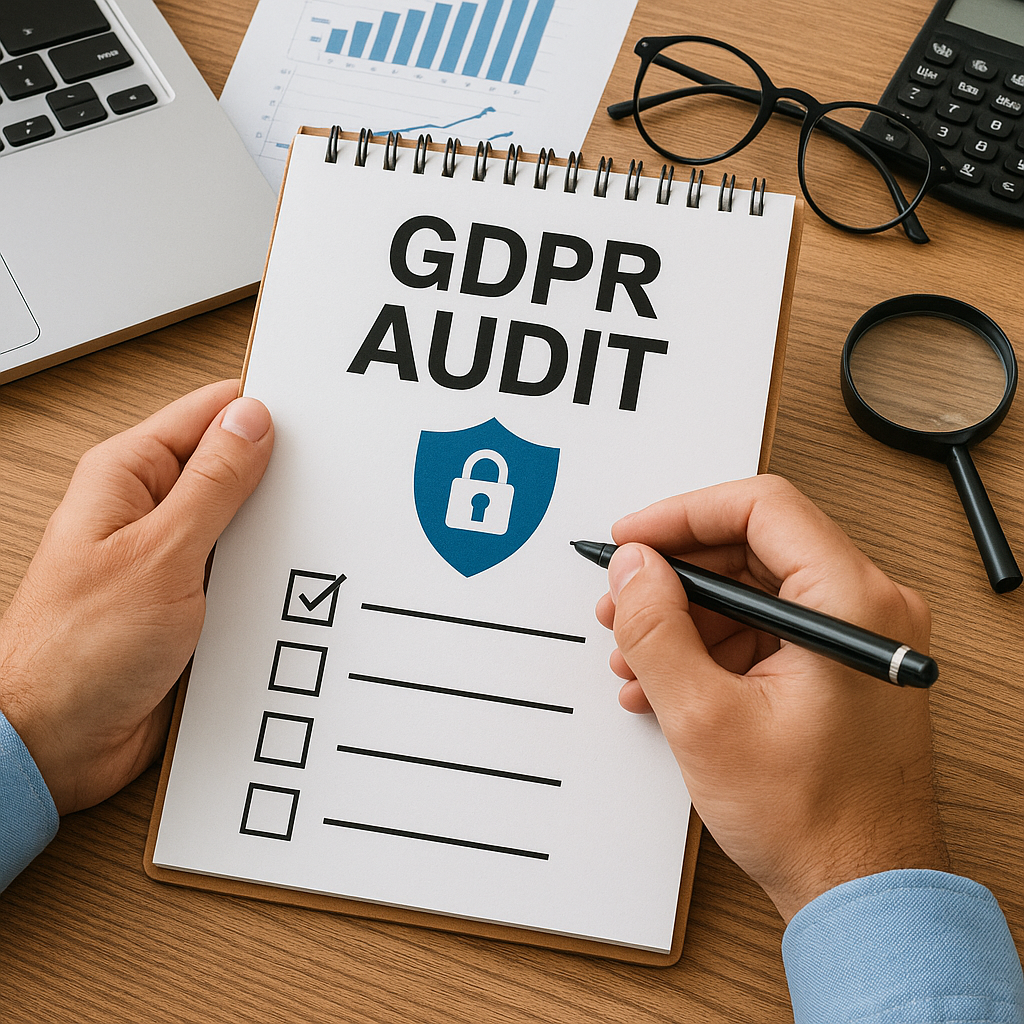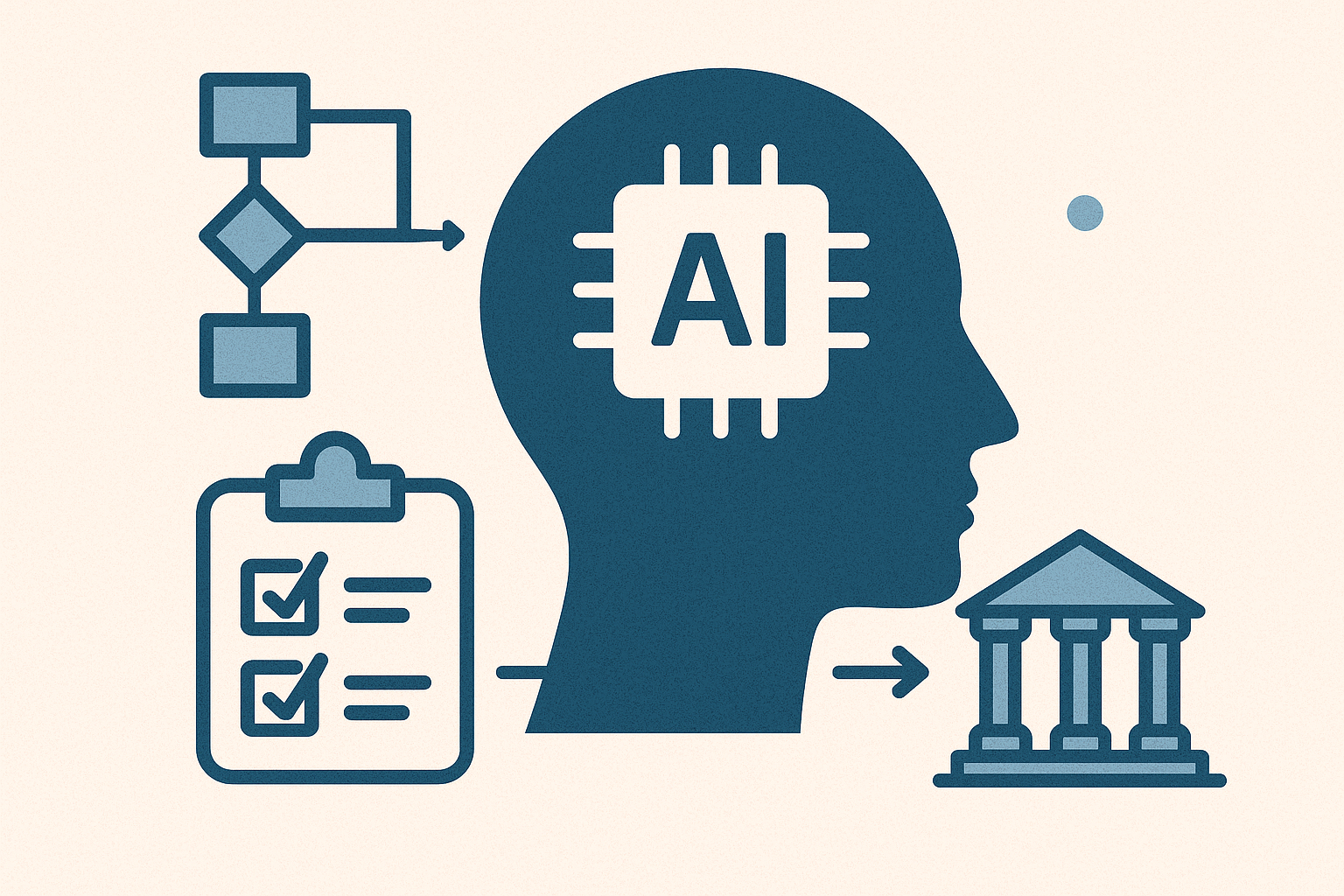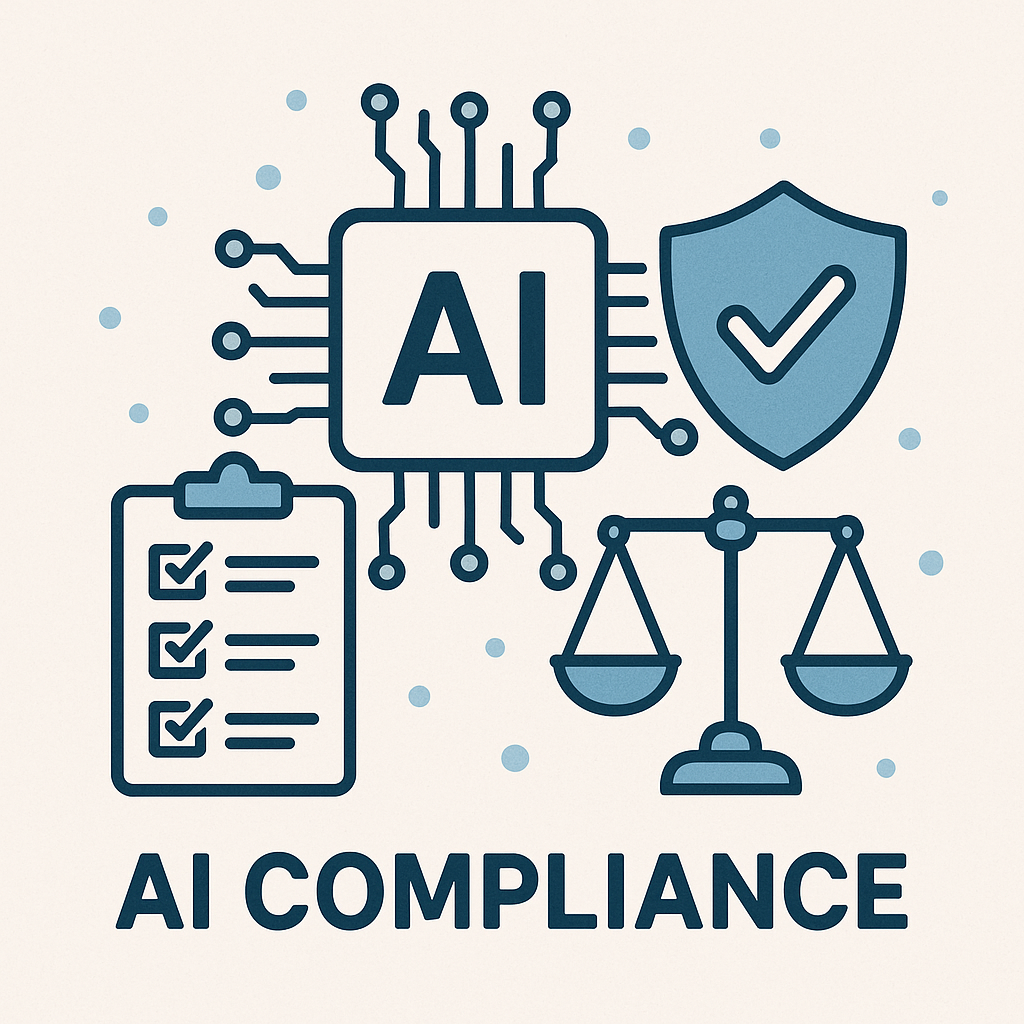Safe information about payments management is not only about standard procedures in today’s digitally first world it is essential. The highest possible standard for any organization handling, storing, or transmitting cardholder data is PCI DSS compliance. However, reaching and upholding this standard is not simple. The record of compliance is lengthy, the regulations are stringent, and violation can have disastrous consequences.
Thankfully, the landscape is evolving. The introduction of AI for PCI DSS compliance is changing the way businesses approach cardholder data security. AI powered platforms are streamlining complex tasks, identifying vulnerabilities before they become problems, and making compliance more accessible, even for small and mid sized companies.
In this guide, we’ll unpack what PCI DSS really demands, how AI is stepping in to support these requirements, and how your organization can benefit from this smart approach to payment compliance.
Why PCI DSS Compliance Still Matters
To make payments with credit cards safe, the Payment Card Industry Data Security Standard (PCI DSS) was developed. This is a structure that protects against criminal activity, theft of identities, and other information leaks; it’s not just an approval activity.
The chances are really high. Data agreement, fines, and irreparable harm to one’s reputation can result from just one security breach. For this reason, compliance is a must for businesses of all kinds. It’s not simple to achieve these standards, though. Automated control systems, constant tracking, and reporting manually can be too much for internal teams to handle. This is where AI-powered security compliance automation really shines.
The Challenges of Traditional PCI DSS Compliance
Before diving into AI driven solutions, it’s important to understand why PCI DSS has traditionally been so difficult to manage:
- Complex requirements: There are 12 core requirements, covering everything from firewall configuration to encryption and access control.
- Manual audits: Documentation must be regularly updated and ready for scrutiny. This is tedious and error prone.
- Constant monitoring: Systems need real time surveillance to detect vulnerabilities. Traditional tools often lag behind.
- Economic pressure: Absent entirely security or compliance staff, smaller firms find it difficult to remain in complying.
To put it briefly, many firms lack the time, knowledge, and monetary backing that traditional approaches require.
How AI for PCI DSS Compliance Changes the Game
The integration of artificial intelligence for PCI DSS compliance aims to improve the ability of humans rather than replace it. Organizations can use artificial intelligence to:
1. Automate Continuous Monitoring
Your computer system can be continuously scanned for faults or misunderstandings by AI tools. Continuous surveillance replaces regular checks, improving your chances of spotting and fixing problems early.
2. Simplify Risk Assessments
Systems equipped with AI prioritize risk areas by analyzing usage trends, historical data, and behavioral abnormalities. This speeds up reaction times by enabling teams to concentrate on what really important.
3. Accelerate Reporting and Documentation
A common bottleneck is the generation of compliance reports. Paperwork can be produced automatically and modified in real time with PCI compliance automation, saving several weeks or even days of effort-intensive manual labor.
4. Detect Suspicious Activity with Greater Precision
AI can flag unusual access patterns, failed login attempts, or changes in user behaviour, signalling a possible breach. The faster the detection, the faster the response.
5. Strengthen Incident Response
Operations like network division or account prohibitions can be immediately started based on pre established triggers by combining AI with your current incident response solutions. Businesses attitude to safeguarding information has significantly improved with this move from responsive to preventative compliance.
Payment Security Automation: From Burden to Business Advantage
Payment information is valuable in addition to being sensitive. Malicious actors are always searching for weaknesses to take advantage of. In the past, guarding against them required spending a lot of money on consultants, complicated software, and large equipment.
Payment security automation flips that script. AI backed systems manage and secure payment data without excessive human intervention. This includes:
- Automatically encrypting data at rest and in transit
- Flagging unencrypted transmissions or storage misconfigurations
- Ensuring strict access controls are consistently applied
- Modifying desktop and firewall safeguard settings in response to alerts about threats
By using automated technologies for setting up these measures, you create a robust infrastructure that can uphold compliance without continual human intervention and react quickly to hazards.
Real Use Cases: How AI Helps with PCI DSS
Still wondering whether AI in payment compliance is more hype than help? Let’s look at some real world scenarios:
- An e commerce platform uses AI to track and classify data across its multi cloud setup, ensuring sensitive payment data is correctly identified and protected.
- A fintech startup integrates machine learning to monitor login patterns and flag suspicious admin activity, protecting access to customer accounts.
- A retail chain automates vulnerability scanning across its store POS systems to ensure they meet PCI DSS patching requirements.
In all of these cases, AI doesn’t just support compliance; it drives better security outcomes.
AI in Payment Compliance Is Not One Size Fits All
It’s critical to select tools that complement the size, sector, and architecture of your business. Smaller firms get the most from simple, off-the-shelf solutions, whereas larger corporations may need more customization.
When evaluating tools for AI for PCI DSS compliance, consider the following:
- Does the platform support your cloud environment and third party tools?
- Can it generate PCI ready documentation and audit reports?
- Does it integrate with your current security systems?
- Is it built for scale as your data and operations grow?
AI is only effective if it fits naturally into your existing workflows.
Simplifying Compliance Without Losing Control
There’s a concern among security professionals that automation means losing visibility. But with modern PCI compliance automation, the opposite is true.
Most platforms offer:
- Real time dashboards showing compliance status
- Automatic alerts when configurations deviate from baseline
- Detailed logs of every action taken, human or machine
This provides a transparent audit trail, giving you full control while removing the grunt work.
Training Your Team Alongside AI
Innovation is an instrument instead of a substitute for a plan. Your team needs to comprehend both the algorithms and the fundamental PCI DSS principles in order to take full advantage from AI in payments compliance.
Make training part of your compliance journey. Ensure that:
- Staff know how AI tools function and what their outputs mean
- Decision makers understand how compliance impacts business
- Incident response plans include human and automated actions working in tandem
Education ensures your team and your tools are pulling in the same direction.
How to Start Using AI for PCI DSS Compliance
Here’s a simple roadmap for incorporating AI into your compliance workflow:
Identify your pain points: Is it reporting, monitoring, policy enforcement, or threat detection?
Choose a reliable AI platform: Look for industry case studies, customer reviews, and integrations.
Run a pilot project: Start with a limited scope and scale up after validation.
Map out responsibilities: Define what’s handled by automation and what remains with your team.
Stay agile: AI is constantly evolving, update your systems and practices as new features and risks emerge.
The Future of PCI DSS Is AI Driven
Regulations are only getting more complex, and the volume of payment data continues to grow. Manual methods simply can’t keep up. AI enables organizations to stay compliant, secure, and agile without draining resources.
Automation evens the playing field, which is more significant. Strong transaction safety protocols can be implemented without a big corporate expense. AI for PCI DSS compliance, when used properly, enables teams of every kind to successfully fulfill high standards. More importantly, automation levels the playing field. You don’t need a large enterprise budget to implement robust payment security measures. With the right approach, AI for PCI DSS compliance empowers teams of all sizes to meet high standards confidently.
Conclusion
Complying with PCI DSS doesn’t have to be difficult. Artificial intelligence (AI) and automation make it controllable, even preventative. What used to seem like a burdensome bureaucracy can now work to your business’s benefit.
The tools we use must advance along with the sophistication of cyber attacks. Your company can meet regulatory standards and build an increasingly safe, robust platform for expansion by implementing AI for PCI DSS compliance.
Frequently Asked Questions (FAQs)
Q) What is AI for PCI DSS compliance?
It refers to using artificial intelligence to help organisations meet PCI DSS requirements more efficiently through automation and advanced data analysis.
Q) How does AI simplify PCI reporting?
AI automatically collects, organizes, and formats audit ready reports, saving time and reducing errors in the compliance process.
Q) Is AI suitable for small businesses?
Yes, many AI powered compliance platforms are designed specifically for startups and SMEs, offering easy integration and intuitive dashboards.
Q) What are the benefits of payment security automation?
It reduces human error, increases real time protection, and provides continuous monitoring to maintain a secure payment environment.
Q) Does AI eliminate the need for human oversight?
Not at all. AI enhances compliance efforts, but human insight, governance, and strategy are still critical for success.
